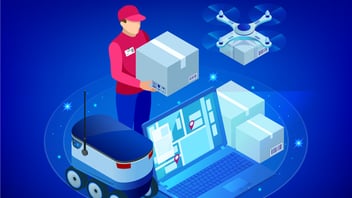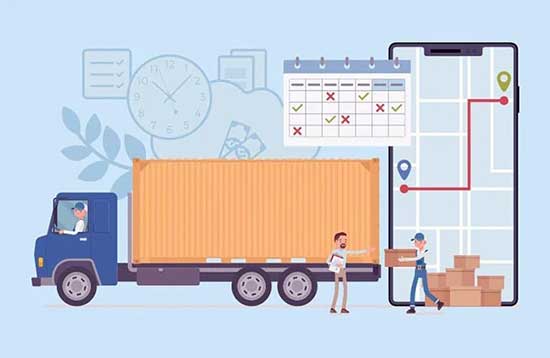Accurate and organized data is a requirement for today’s logistics / supply chain manager. Business intelligence, such as algorithm-based optimal pricing models, pattern or usage based best practice recommendations, and real-time inventory management helps to analyze the critical areas of the logistics/ supply chain network. This allows for well-informed insights that leverage key business drivers, optimizing the logistics / supply chain process.
“When one thinks of business intelligence (BI), you might think of simple data collection like that used in warehouse management,” says Humberto Farias, CEO of Concepta, writing in Global Trade. “But true business intelligence involves transforming data into useful guidance through the power of visuals.” He notes that BI is no longer reserved just for large logistics companies that can afford it, but custom-tailored solutions are available to businesses of all sizes.
“Essentially BI tools like embedded, predictive, and real-time streaming analytics allows companies to gather their data points involving many aspects of transportation - drivers, trucks, shipments---into one program.” says Farias. “A proactive and ongoing investment in analytics means the most accurate and comprehensive looks at how you’re logistics operation is delivering for customers.”
When discussing predictive analytics, there are many ways to arrive at predictions. “Having access to data is key in the logistics industry today,” says ManWo Ng, Assistant Professor of Maritime and Supply Chain Management for Old Dominion University, writing in JOC.com. “To be distinguished from competitors…who also have access to vast amounts of data…the capability to exploit this data becomes critical in achieving competitive advantage.”
Professor Ng notes that not all predictions are the same, with some being more useful than others. “Can predictive analytics really tell the industry what the future holds?” he asks. “The bad news is it cannot. No one can predict the future.” He adds that predictions have value as long as they are able to paint a clearer picture of the future than the image currently in place. “There might indeed be a lot of room for predictive analytics to make a positive impact on the state-of-the-practice in our industry,” says Ng. “Provided that it is used creatively and correctly.”
But what is the best way to manage data? According to Carlos Nunez, the director of carrier development for US Foods, it is important to understand your business objectives, relative to both service levels and finance. “You need to understand at the highest level what’s important,” says Nunez, via SupplyChainBrain. What are the key results that you are tying to accomplish?” He notes that at that point one can start to cascade that requirement down through your key performance indicators and metrics that are relevant, and can align with key results. “It is important to align with your business objectives, but make sure you have your entire staff and everybody is rowing in the same direction in terms of those metrics,” says Nunez.
“Every predictive model comes with a unique set of assumptions and conditions under which it can be used,” says Professor Ng. “Sometimes the industry sees predictive models and methods being used as a black box, without exactly knowing the assumptions and conditions under which the predictions are valid.” He feels that useful predictions are typically the result of a combination of industry knowledge, technical understanding of the model and method used, and mathematical modeling skills. “There might indeed be a lot of room for predictive analytics to make a positive impact on the state-of-the-practice in the logistics industry, provided that it is used creatively and correctly.”
As the global logistics network becomes increasing complex, and its management becomes essential to business success, data-driven decision-making tools are mission critical. Technologies, like those provided by Ramco, with a strong ability to read, evaluate, and understand data, will allow logistics professionals to make accurate and timely decisions.
“It is important to remember that data is only as good as what you actually import into your systems, and what you are collecting from various sources,” says US Foods’s Nunez. “Data integrity is always one of the risks. It is one of the potential challenges that companies face today.”






